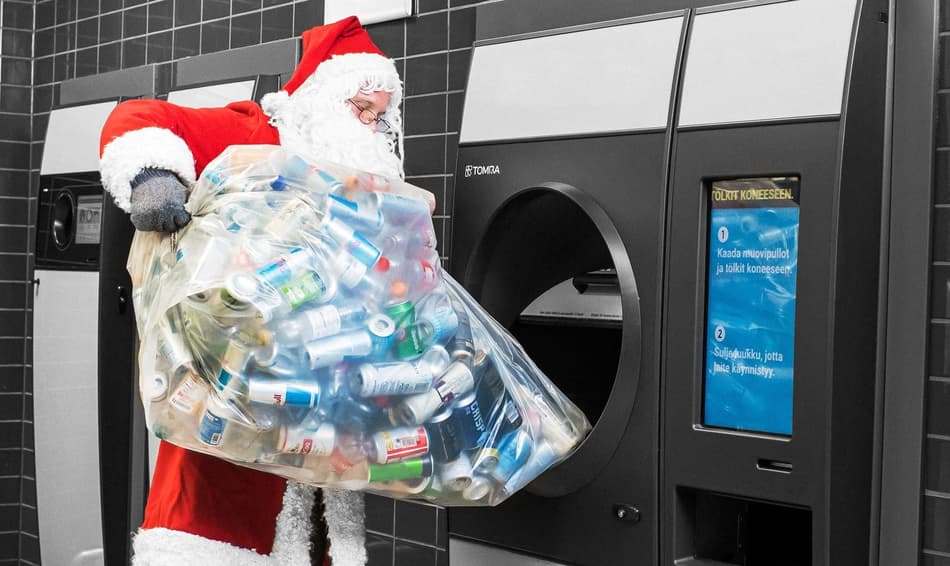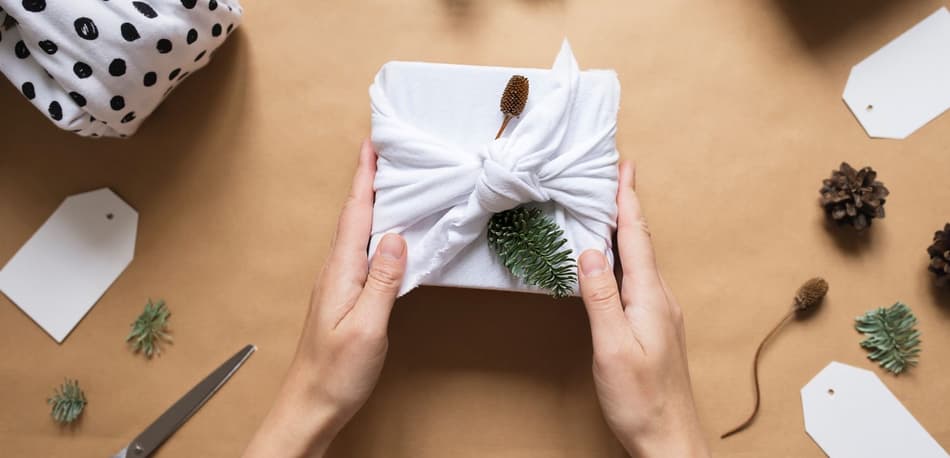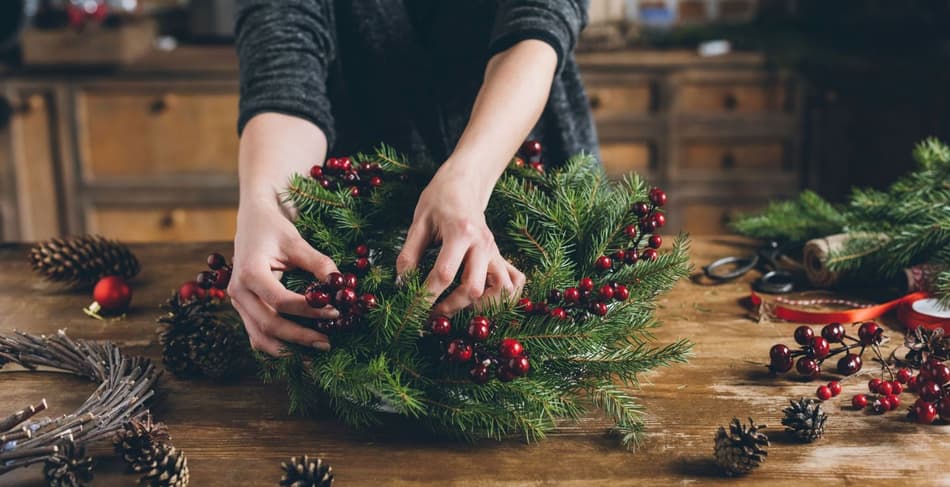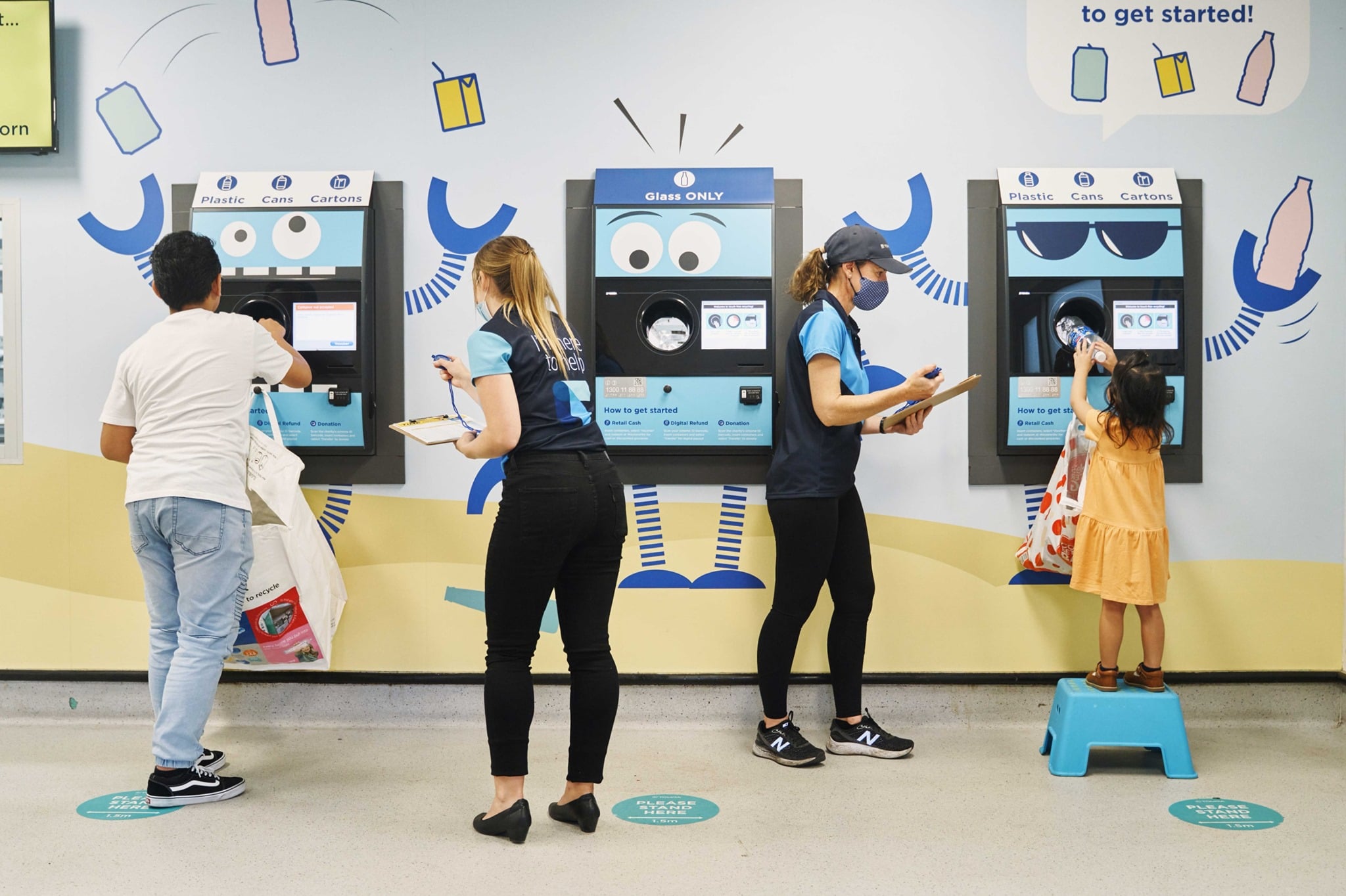Have yourself a merry, green Christmas
10 tips for a more eco-friendly holiday season
As the song goes, it's the most wonderful time of the year! Amid the celebrations and gift giving though, Christmas is considered to be an occasion with high consumption, generating more solid waste and greenhouse gases than most days of the year. Here are some tips on how you can make your holiday festivities more eco-friendly.
Avoid waste at festivities
1. Avoid serving too much food. The UN Environment Program estimates that 933 millions tonnes of food is wasted globally each year, and UK households alone will waste nearly 200,000 tonnes of food at Christmas. Plan how much you will serve based on the number of people you will celebrate with. Afterwards, store the leftovers properly to avoid spoilage, and use them as ingredients to make meals like soups and sandwiches in the coming days. If you are hosting a big event, find out how you can donate food in case of excessive leftovers. Every piece of food counts! If you must dispose of food, compost it or check your local guidelines on how to sort food waste at home.
2. Collect your drink containers after the party. Parties and festivities can generate a lot of empty drink containers. “It is important to collect these containers for recycling, so that they do not end up as landfill or as litter in the environment, but rather be used again to produce new bottles and cans,” adds Christina Ek, Project Manager Sustainability at TOMRA Collection. “Take them to your nearest reverse vending machine or bottle depot for recycling.”

Gift shopping for a green Christmas
3. Give experiences, rather than “stuff”. Skip the shipping, packaging and wrapping by giving a non-physical gift. Tickets to concerts, museums, amusement parks, or vouchers for apps, skill courses, a spa day or fun activities can be great options. As well as reducing waste compared to physical gifts, they are meaningful and can create memories that last a lifetime.
4. Buy second hand. Buying pre-loved gifts is more popular than ever! Try thrift stores, check online classifieds or go into your favorite apps for used clothing, books, toys and more. Choosing second-hand reduces the need for producing new goods. You can even consider antique stores for finding something extra special.
5. Shop local. Ordering online-only generates carbon emissions if your presents must be shipped and delivered, as well as creating more packaging waste from the additional boxes and padding. Instead, check out your local stores for gift ideas.

6. Choose more eco-friendly gift wrapping. “Wrapping paper and greeting cards are often made of materials that cannot be recycled, such as glitter, foil or multi-layer materials,” explains Christina Ek at TOMRA Collection. "It is better to use materials like recyclable wrapping paper, wrap in reusable fabrics, or add reusable ribbons for decoration. Don’t forget to dispose of wrapping properly after opening the presents, by separating non-recyclable materials from the recyclable ones."
7. Send recyclable or paperless greeting cards. Most of the time, greeting cards are thrown away rather than kept once the holiday is over. Like gift wrapping, some greeting cards cannot be recycled, for example if they include foils and glitter. Look for greeting cards that are made from sustainable materials like recycled cardstock, cotton, or bamboo. If your cards are not becoming keepsakes after the holidays, make sure you put them into your paper recycling. Another option is to send digital greeting cards instead, to avoid any paper waste.
Eco-friendly decorations

8. Deck the halls with DIY. Nowadays, there are a lot of instructional tips online on how to make your own holiday decorations. Not only will your decorations have a creative, personal touch, but you can also incorporate recycled and recyclable materials, like paper stars. Even better is if you can store your DIY decorations and use them again in the coming years. You can also look at biodegradable decorations, like pinecones, twigs or holly.
9. May your days be merry and bright! Christmas lights brighten the occasion and bring out the holiday spirit. So, for Christmas lights, it is advisable to use LEDs, as they use less energy than incandescent ones. This means they are better for the planet, and for your power bill. Even better if you can use some solar-powered ones!

10. Use care with your Christmas tree. Buying a real tree is preferred, as plastic trees generate a lot of carbon emissions to produce. However, if you must buy plastic, make sure that it is of high quality so you can store it and use it again for at least 10 years, to offset the carbon footprint of making and transporting plastic trees. If you are getting a real tree, aim to get one from a local sustainable Christmas tree farm or forest. Check your local municipality on how to properly dispose of your trees after the season, as some collect trees to be used for different purposes.
The keys to celebrating an eco-friendly holiday season are making sure that the gifts, decorations and food generate less carbon emissions and less waste. Make sure that all waste from the festivities is properly collected and brought to recycling, or to where it can go to good use. With a little planning, it is possible to celebrate with our loved ones with less impact on the environment. Have a happy, greener Christmas!

